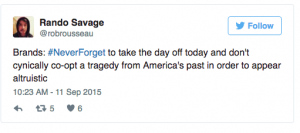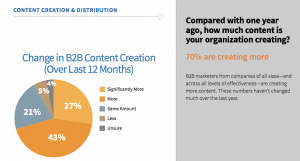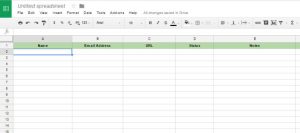The national retailer uses Bloomreach technology to boost online discoverability and identify ecommerce opportunities.
National retailer Sur La Table draws customers to physical locations with cooking classes and a wide selection of high-end kitchenware to shop. Now, the company’s customer experience is similarly optimized online with a new AI tool that aids in product discovery and identifying ecommerce opportunities to boost sales.
Adopting an AI tool
In 2023, Sur La Table implemented Bloomreach’s Discovery tool, which uses AI to improve site search, curate product pages and segment customers. It’s designed for enterprise organizations, but can also be managed by small teams within those businesses, making Discovery feasible for Sur La Table.
“We wanted to build around driving growth with a very lean team and becoming data-centric,” said Chadwick Radaz, director at Sur La Table. “We had data coming in from all touchpoints, and now we’re moving toward a lean data-centric path that utilizes the AI technology and makes it really scalable and efficient.”
The company has two site merchandisers, as well as a data analytics team, all using insights from Discovery to improve the customer experience on Sur La Table’s website. The retailer’s ecommerce platform has 7,000 products to choose from and show customers.
Using predictive analytics to improve site search
The integration of Discovery is managed by the company’s merchandising team. It’s their job to show customers products they’re likely to buy, and AI predictive analytics helps with this task.
“Search queries were a big opportunity for us,” said Radaz. “Merchandisers can do a great job of generating search results for the top 50, but that long tail was really a great opportunity.”
He added: “The integration gives them the tools to work really smart. They really lean on the predictive analytics to drive the majority of merchandising decisions, but then the tool also identifies great opportunities to help improve overall product discoverability.”
Before the implementation, the team was using a tool in their web platform to identify the website’s top product searches. This didn’t identify the less-popular products that were what customers or customer segments were looking to buy.
“[The Bloomreach tool] ranks by biggest opportunities and lets you know these are the best actions you can take to really drive incrementality,” said Radaz. “Then you go back and see if it actually did that. So it’s utilizing predictive analytics but then quantifying as the actions are being taken.”
Category landing pages and product recommendations
The new tool let the team expand to category landing pages and product recommendations — both ongoing projects.
“We saw great results, so we’ve incorporated product recommendations, which are on our product pages, offering similar items [customers] might also like,” Radaz said.
He added: “The data learnings that we’re getting for the surfaced opportunities, these are really opportunities for us to work with marketers, especially when we see newly trending search queries. Are we in that assortment [of products] or can we be in that assortment? So it’s really driving merchandising decisions as well as marketing opportunities to sort of pull back and create new campaign ideas for these new audiences we’re identifying based on the trends we’re seeing.”
Evolving roles for marketers
The AI tool generates a high volume of data, allowing it to find many more actions that can improve customer experience. Before adopting it, the team simply wouldn’t have known about many of these trending products. Now they can accommodate customer interest by creating new product pages and recommendations.
“My goal for the site merchandising team is really to drive the add-to-cart [metric], and that can come from the right traffic and it can come from the right assortment,” said Radaz. “And it can actually free them up from the time they used to spend manually assorting, to move to where they can now curate the content where they know customers are falling off in their journey.”
Organizationally, the merchandisers are the keepers of the data generated by Discovery. However, the data is also distributed to colleagues in marketing and analytics helping with decisions about campaigns and broader initiatives. Data analytics was previously caught in the weeds in the customer experience decisions that merchandisers handle. Now, they’re able to focus on broader metrics like customer lifetime value.
In addition to add-to-cart, the other KPI Radaz is tracking is revenue-per-visitor.
“We know that it’s working because we’re constantly outdoing ourselves as the machine is continuously learning and refining what our customers do,” said Radaz.
The company recently concluded its first holiday season with the solution and is about to hit the anniversary of the AI implementation. Year-over-year, the marketing team is achieving a 4% increase in add-to-cart for customers clicking through product category pages.
The post How Sur La Table uses AI to power customer experience appeared first on MarTech.
MarTech(6)
Report Post





